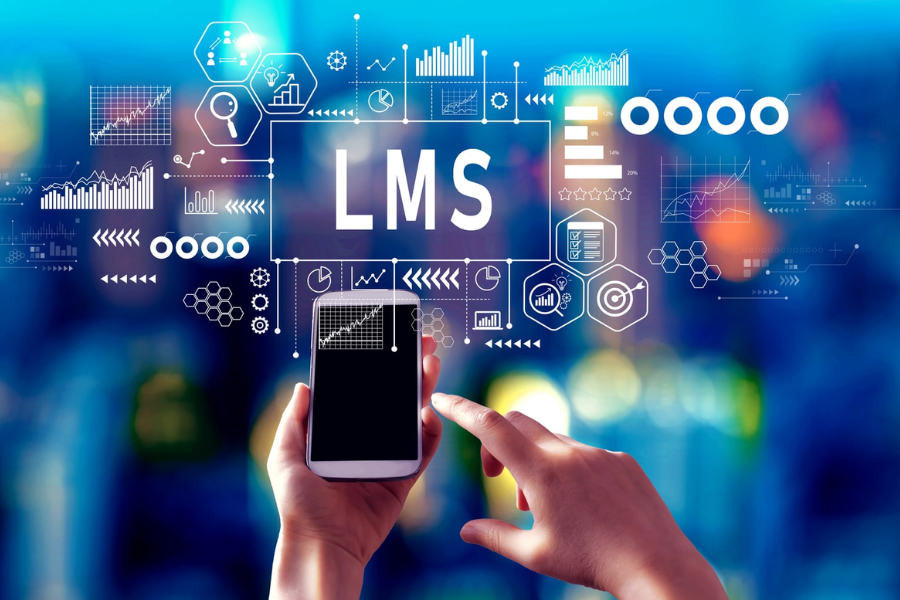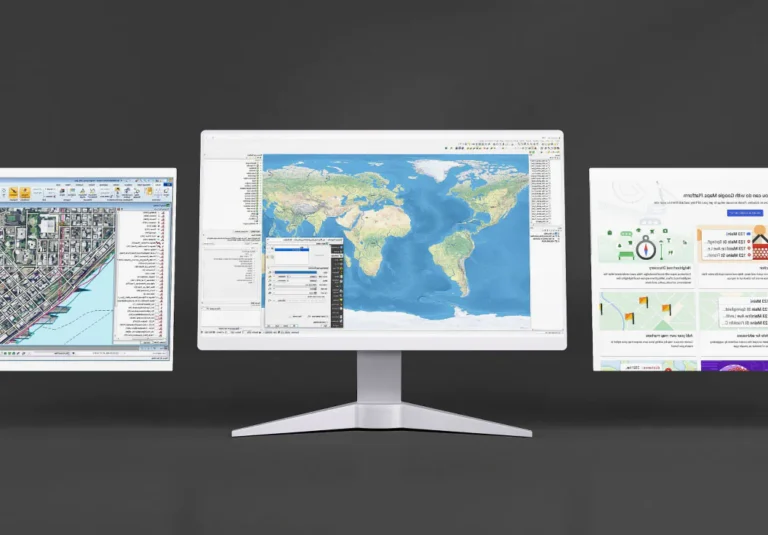Demystifying LMS: Everything You Need to Know
Key Takeaways
- Understand what a Learning Management System (LMS) is and its core functionalities.
- Explore the benefits of using an LMS for both educators and learners.
- Learn about the key features to look for when choosing an LMS platform.
- Gain insights into the future trends and developments in LMS technology.
Table of Contents
- Introduction
- What is an LMS?
- Benefits of Using an LMS
- Key Features of an LMS
- Conclusion
Introduction
In today’s digital age, the role of technology in education and training cannot be overstated. One of the pivotal tools in this transformation is the Learning Management System (LMS). Despite its widespread usage, many are still unclear about what an LMS is and how it can benefit educators and learners. This detailed article aims to demystify LMS, discuss its advantages, and explore its key features and future trends. Whether you’re an educator, a student, or a corporate trainer, understanding the full spectrum of what an LMS offers can be tremendously beneficial.
What is an LMS?
A Learning Management System (LMS) is a software application designed to facilitate the delivery, administration, and management of educational courses, training programs, or learning and development programs. In essence, what is LMS? It is a platform that allows educators to create and deliver content, monitor student participation, and assess student performance. It also provides learners access to interactive educational materials, enabling a rich learning experience.
While traditionally used in academic settings, businesses and organizations are increasingly adopting LMS platforms to support employee training and development, ensuring a well-trained workforce capable of meeting the demands of today’s competitive environment. By centralizing all educational materials and learning resources, an LMS makes it easier for institutions to manage, track, and optimize their training processes. This added level of organization can significantly enhance the efficiency of both educators and learners, making LMS an indispensable tool in modern education and corporate training.
Benefits of Using an LMS
Implementing an LMS can bring numerous benefits to both educators and learners. Here are some of the most significant advantages:
- Centralized Learning: An LMS offers a centralized location for all learning materials, making it easy for educators to manage course content and for learners to access what they need. This centralized approach simplifies resource management and ensures that all materials are consistently up-to-date.
- Accessibility: LMS platforms provide 24/7 accessibility from any device with internet connectivity, allowing learners to engage with content conveniently. This flexibility supports diverse learning styles and schedules, making education more inclusive and accommodating.
- Cost-Effective: LMS platforms can significantly reduce costs by reducing the need for physical learning materials, travel expenses for in-person training sessions, and administrative overhead. This makes high-quality education and training more accessible to institutions and organizations with limited budgets.
- Personalization: LMS systems often include features allowing personalized learning paths, enabling learners to progress at their own pace based on their unique needs and abilities. The ability to customize learning experiences ensures that all learners can achieve their full potential, regardless of their starting point.
- Analytics and Tracking: Educators can track and evaluate learner progress through built-in analytics, providing insights that can help tailor future instruction. Detailed analytics can reveal trends, identify areas for improvement, and measure the effectiveness of instructional methods and materials.
- Scalability: LMS platforms can accommodate growing users and courses, making it easier to scale educational and training efforts as needed. This scalability ensures the platform can grow alongside the institution or organization, supporting its evolving needs.
Moreover, LMS platforms enhance communication and collaboration among users. Features such as discussion forums, peer reviews, and group projects facilitate interaction and knowledge-sharing, fostering a sense of community and teamwork. This collaborative environment can significantly enhance the learning experience, making it more engaging and effective.
LMS platforms can also streamline compliance and certification processes for organizations. Automated tracking and reporting ensure that all training requirements are met and documented, reducing the administrative burden and ensuring adherence to industry standards and regulations.
Key Features of an LMS
When choosing an LMS, it is crucial to consider the features that will best meet the needs of your institution or organization. Some essential features to look out for include:
- Content Management: An intuitive content management system allows for easy creation, organization, and delivery of educational materials. This includes support for various content formats such as text, video, audio, and interactive simulations, ensuring a rich and engaging learning experience.
- Assessment and Quizzes: Robust assessment tools enable the creation of quizzes, tests, and assignments to evaluate learner performance. Automated grading and feedback systems streamline the evaluation process, providing immediate insights for both educators and learners.
- Communication Tools: Features like discussion forums, chat rooms, and messaging systems facilitate interaction between educators and learners. These tools support real-time communication and collaboration, enhancing the overall learning experience.
- Mobile Compatibility: The LMS’s mobile-friendly design ensures learners can access it on various devices, such as smartphones and tablets, enhancing flexibility and convenience. Responsive design and dedicated mobile apps make it easy to engage with learning materials on the go.
- Customization: Customizable features and themes help tailor the LMS to match the specific branding and needs of the institution or organization. This includes customizable dashboards, course structures, and user roles, ensuring a personalized and cohesive user experience.
- Reporting and Analytics: Detailed reporting and analytics provide insights into learner progress, course effectiveness, and overall engagement. These insights help educators and administrators make data-driven decisions to optimize the learning experience and improve outcomes.
Additionally, LMS platforms often include features to support gamification, such as badges, leaderboards, and rewards. These elements introduce a competitive and motivating aspect to the learning process, encouraging engagement and participation. Advanced integrations with other software and tools further enhance the functionality and versatility of LMS platforms, making them a comprehensive solution for modern education and training.
Conclusion
Learning Management Systems have revolutionized the way we approach education and training. Educators and organizations can make informed decisions when implementing these platforms by understanding what an LMS is, the benefits it offers, and the key features to look for. The continuous evolution of LMS technology promises to enhance the learning experience further, making education accessible, engaging, and effective for all. As institutions and organizations embrace these technological advancements, they will be better equipped to meet the diverse needs of their learners and achieve their educational and training goals.
Keep an eye for more news & updates on Verifiedzine.com





